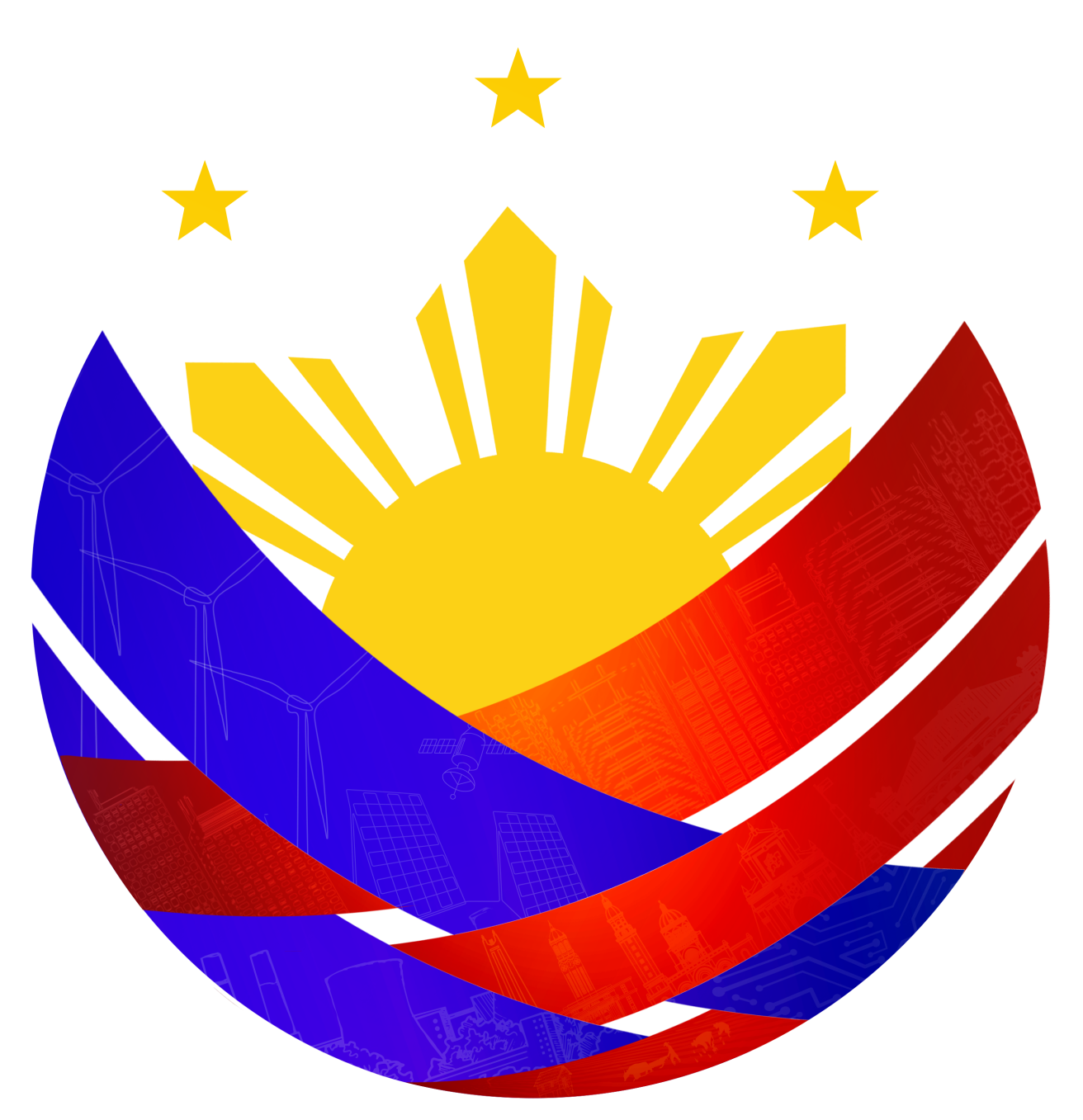
Province of Sarangani
Sarangani is a province of the Philippines located in the SOCCSKSARGEN Region (Region XII). The province covers roughly 3,642.16 square kilometers and is composed of 7 municipalities and a total of 141 barangays. The capital of the province is Alabel, which also serves as the provincial center. Sarangani is known for Sarangani Bay, its abundant tuna fishing grounds, rich marine biodiversity, and vibrant cultural heritage.
History
Sarangani, located at the southern tip of Mindanao, was once part of the larger South Cotabato province. The area has been inhabited since ancient times by indigenous groups such as the Blaan, Tboli, and Tagakaulo, who thrived in the highlands through farming, weaving, and traditional crafts. Its coastal areas were frequented by seafaring peoples, including the Maguindanaons, Maranaos, and Tausugs, who engaged in trade and fishing across the Celebes Sea. In the pre-colonial era, Sarangani's strategic position along Sarangani Bay made it a hub of commerce, drawing traders from neighboring islands and as far as Malaysia and Indonesia. Spanish expeditions arrived in the 16th century, and Sarangani Bay was among the early areas charted, but strong resistance from local communities prevented deep colonial control. During the American and later Japanese occupations, the area remained mostly rural but was recognized for its fertile lands and rich marine resources. After World War II, waves of settlers from Luzon and the Visayas migrated to Mindanao, bringing with them new agricultural practices and industries that reshaped Sarangani's economy and demographics. For decades, it remained administratively part of South Cotabato until the Philippine Congress passed Republic Act No. 7228, signed into law on March 16, 1992, officially creating Sarangani as a separate province. Today, Sarangani is known not only for its agricultural and fishing industries, particularly tuna, but also for its cultural diversity and growing eco-tourism centered around Sarangani Bay and its surrounding natural landscapes.